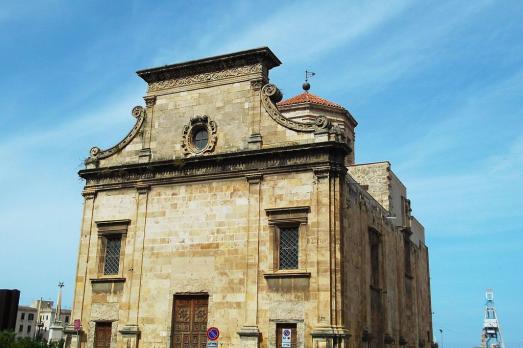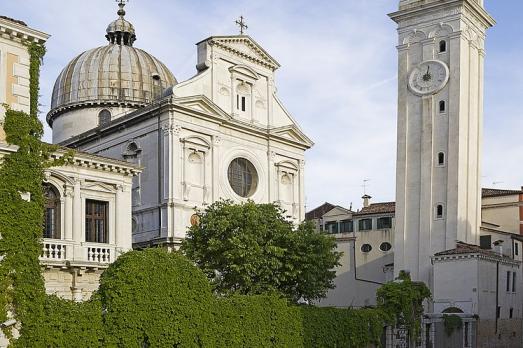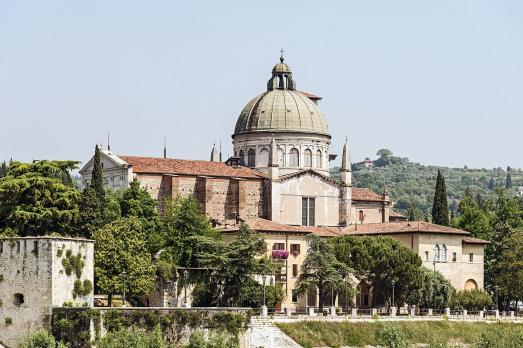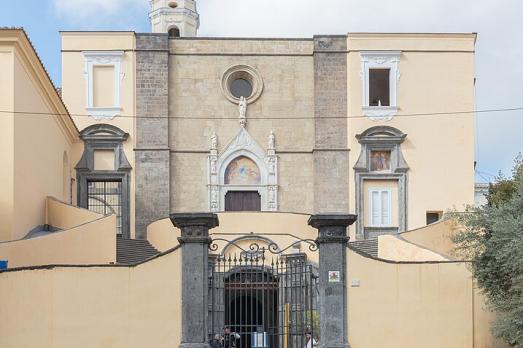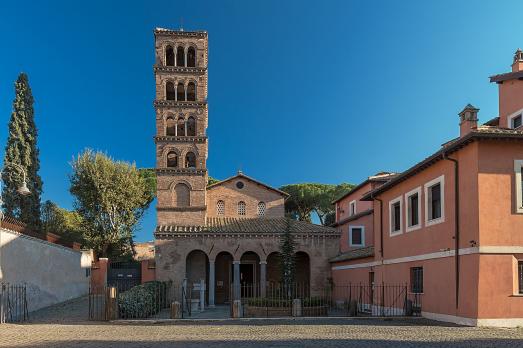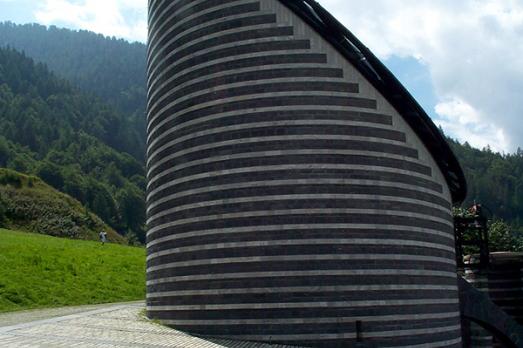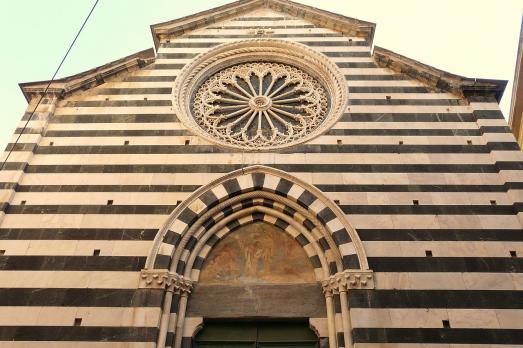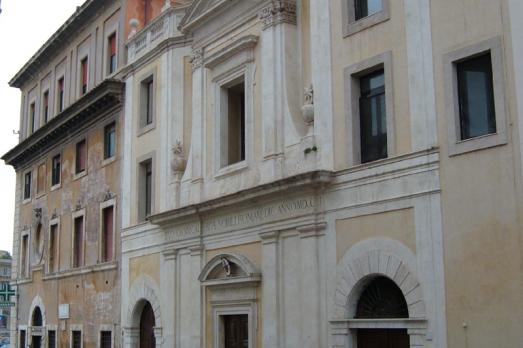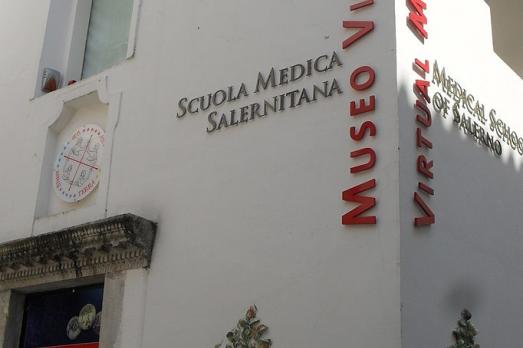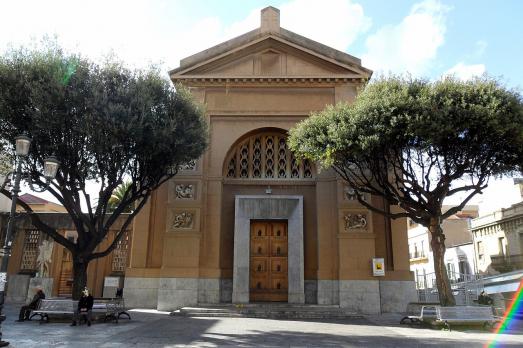
Church of San Giorgio al Corso
, IT
The church of San Giorgio al Corso was built as a parish church at the end of the 16th century, but after its complete destruction by the 1908 earthquake, it was rebuilt in 1935. On the side of the church are the archaeological remains of a religious structure of the medieval city of Reggio.
